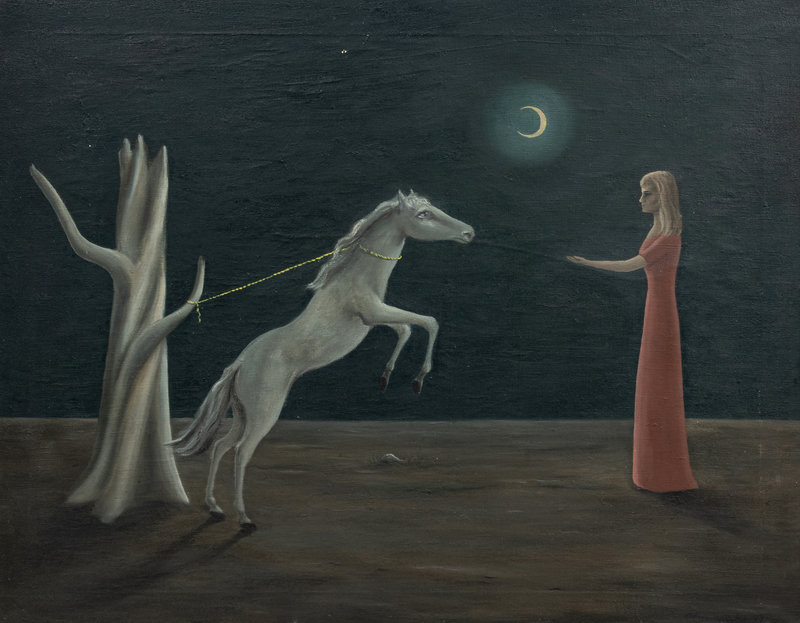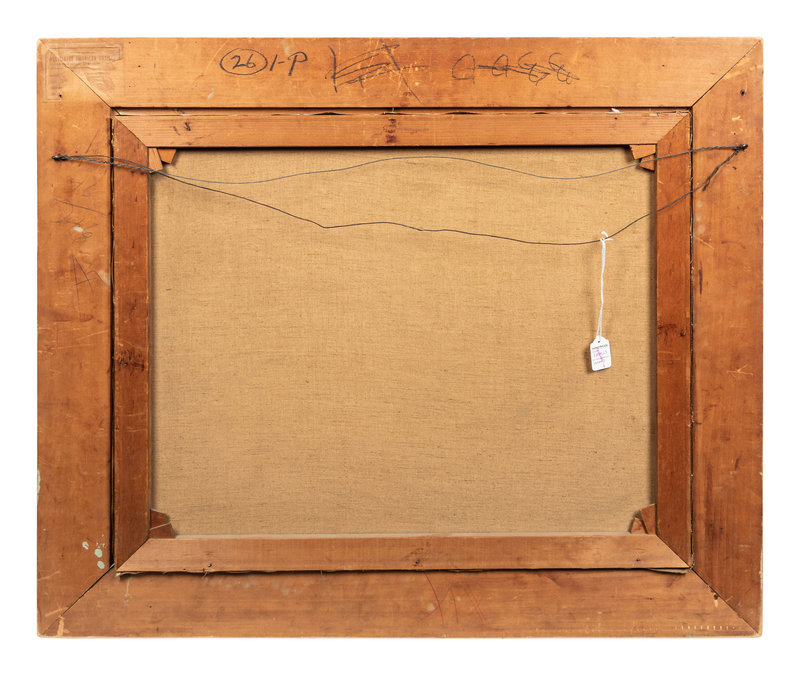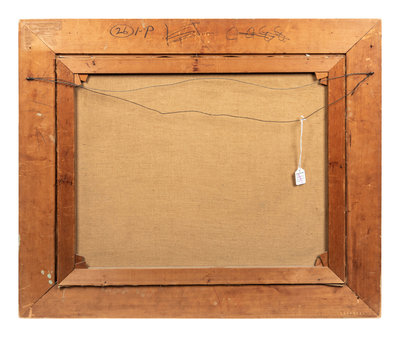Condition Report
Contact Information
Auction Specialist
Lot 4
Gertrude Abercrombie
(American, 1909-1977)
Untitled (Woman with Tethered Horse and Moon)
, 1947
Sale 1114 - Post-War & Contemporary Art
Dec 14, 2022
10:00AM CT
Live / Chicago
Own a similar item?
Estimate
$80,000 -
120,000
Price Realized
$437,500
Sold prices are inclusive of Buyer’s Premium
Lot Description
Gertrude Abercrombie
signed Abercrombie and dated (lower right)
23 x 28 inches.
This lot is located in Chicago.
(American, 1909-1977)
Untitled (Woman with Tethered Horse and Moon)
, 1947oil on canvas
signed Abercrombie and dated (lower right)
23 x 28 inches.
This lot is located in Chicago.









